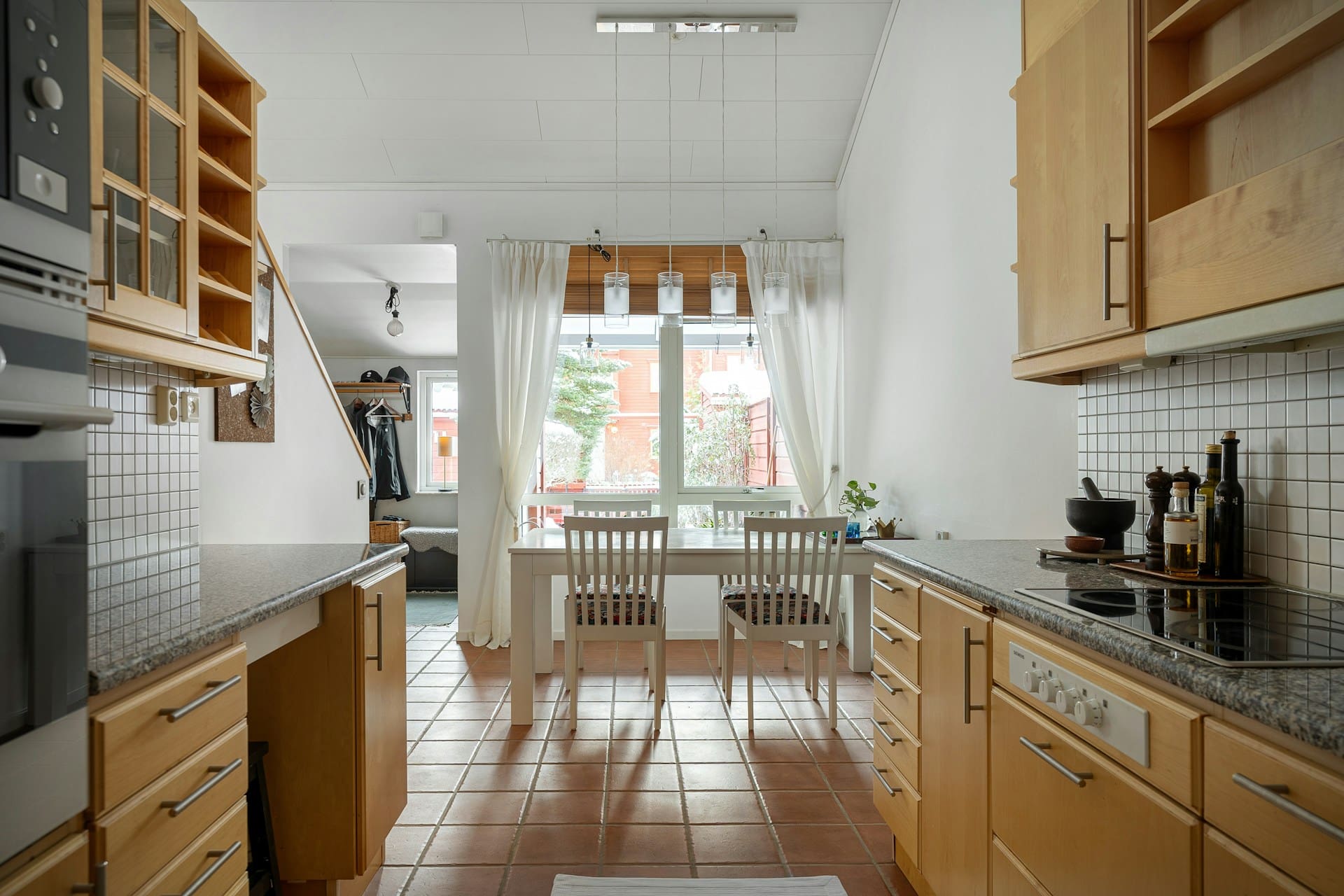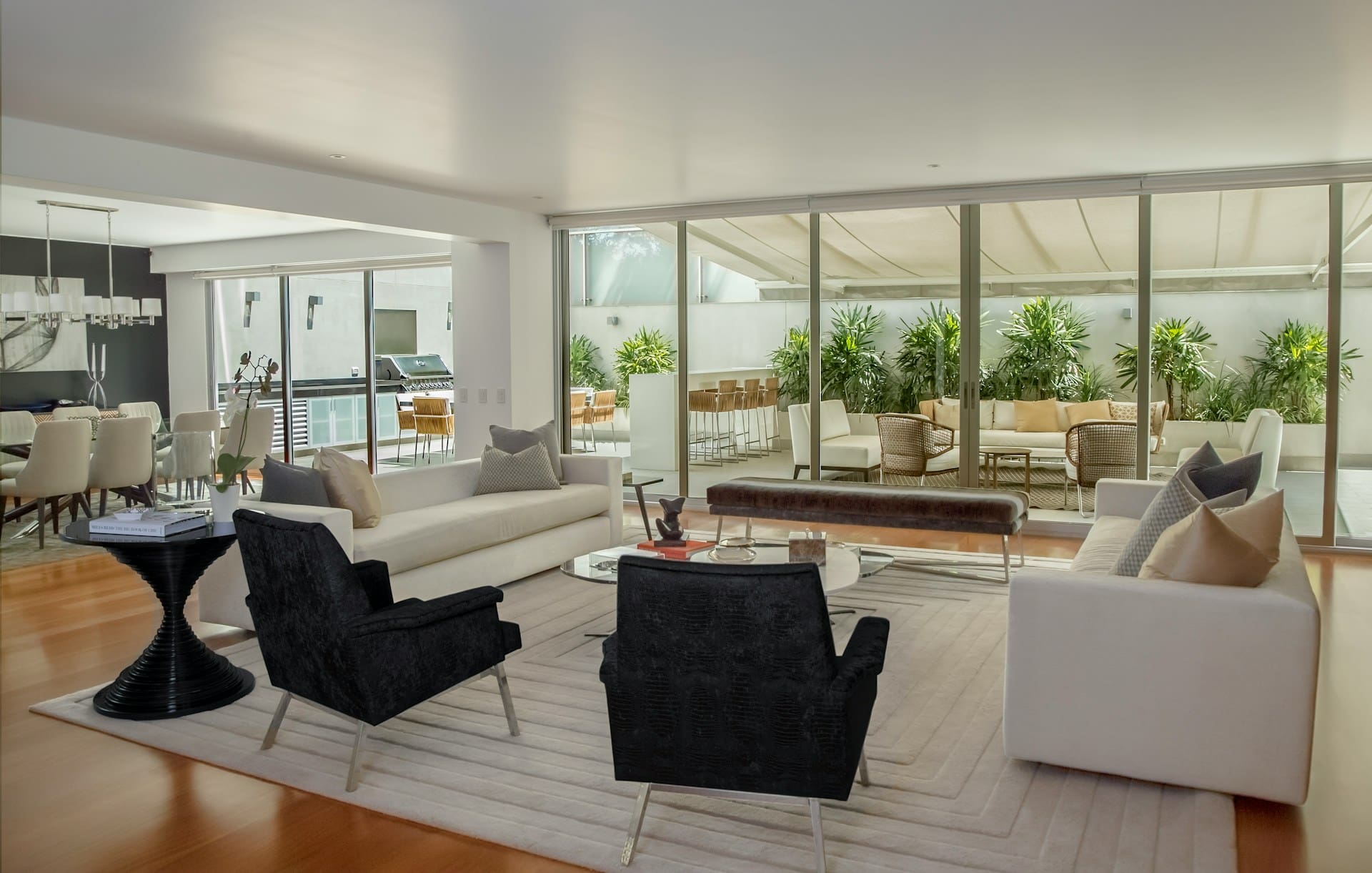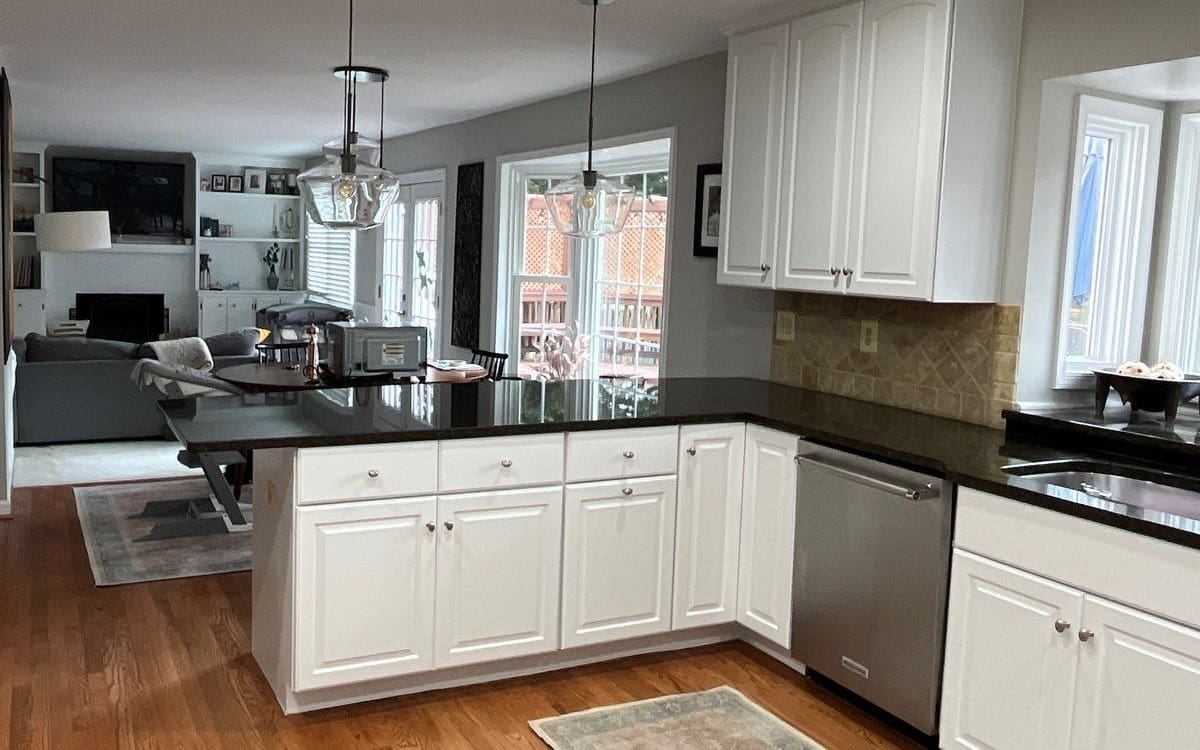
Choosing Paint Colors: Master and Guest Bedrooms
Bedrooms might not experience as much foot traffic as living rooms, kitchens, and dining rooms, but they’re important features of any home. People care about the space in which they sleep, unwind, and wake up each morning. A bedroom’s aesthetic should match the tone of this intimate and tranquil space. You don’t want to overburden your senses with bright, harsh hues, or feel trapped in a pitch-black box. But which paint colors are best for a master bedroom or guest room? There’s no one answer, but here are some tips for choosing the right colors for your bedrooms.
Take Size into Consideration
Some bedrooms are large and open while others are small and cozy. You might not have much of a choice over how big or small your room is, but a painter can make the space feel bigger or smaller using color. Lighter paint colors reflect light, enlarging a room’s appearance. Conversely, darker colors absorb more light, effectively shrinking a room.
Obviously, the actual space doesn’t grow or diminish. Light and color are all about perception, or the way our brains interpret what we see. If you feel like your room is too spacious and want to make it more intimate, consider implementing darker pigments, like smoky blue or arugula green. Or, if you want to expand the look of your tiny bedroom, lighten up the space with colors like natural linen or jersey cream. Just keep in mind that if you’re going over an existing darker shade with a lighter color, you’ll want to use colored primer and/or apply an extra coat when interior painting.
Don’t Forget About Function
Choosing residential painting colors is largely an aesthetic endeavor. But the colors you choose for your home are also functional, affecting your mood, heart rate, and thought process. We might not notice it all the time, but when we see gaudy, bright, or off-putting colors, our psychology shifts to high alert. This isn’t to say that all intense colors are inherently bad. Rather, these hues elicit a certain response that might increase our alertness and energy, for better or worse.
Generally speaking, most people want to feel relaxed in their bedroom as they unwind and go to bed. This means, then, that the best colors for this space are less saturated, softer, and perhaps neutral. Of course, people don’t just fall asleep in their rooms; they also wake up. In other words, some brighter tones might be incorporated to encourage getting out of bed in the morning. You might hire professional painters to paint your room two or three colors to add some variety and create a balanced color scheme.
Light Plays a Role, Too
Many of us go to sleep when it gets dark and awaken with the sunrise. If your bedroom receives natural light, you can choose colors that, in a sense, sleep and wake up with this pattern, too. For example, some colors, like grays, lavenders, and greens, may appear darker and more tranquil in spaces lacking light, but brighten up with the presence of light. If you want your room to transform from a sleepy oasis to a welcoming wake up call, choose colors that shift with this cycle. The sheen you choose for your paint will affect this transition as well.
Ask the Experts
Knowing exactly how different colors and light configurations will affect your perception of your bedroom requires experience and a bit of trial and error. If you’re new to home painting or simply need help choosing paint colors for your master and guest bedrooms, ask the experts at All American Painting Plus. To learn more about all that we do, give us a call at (703)-620-5563!




